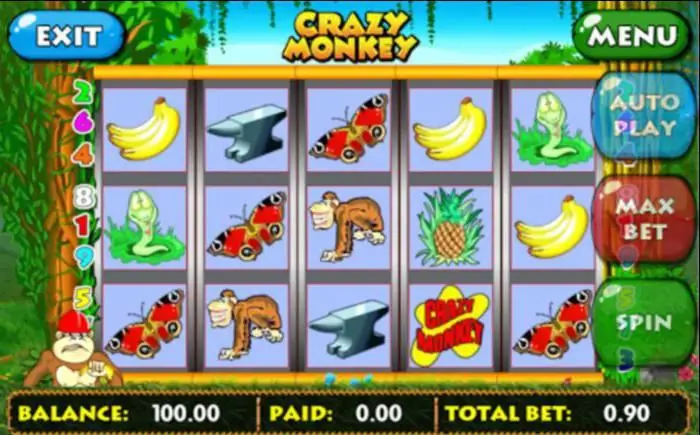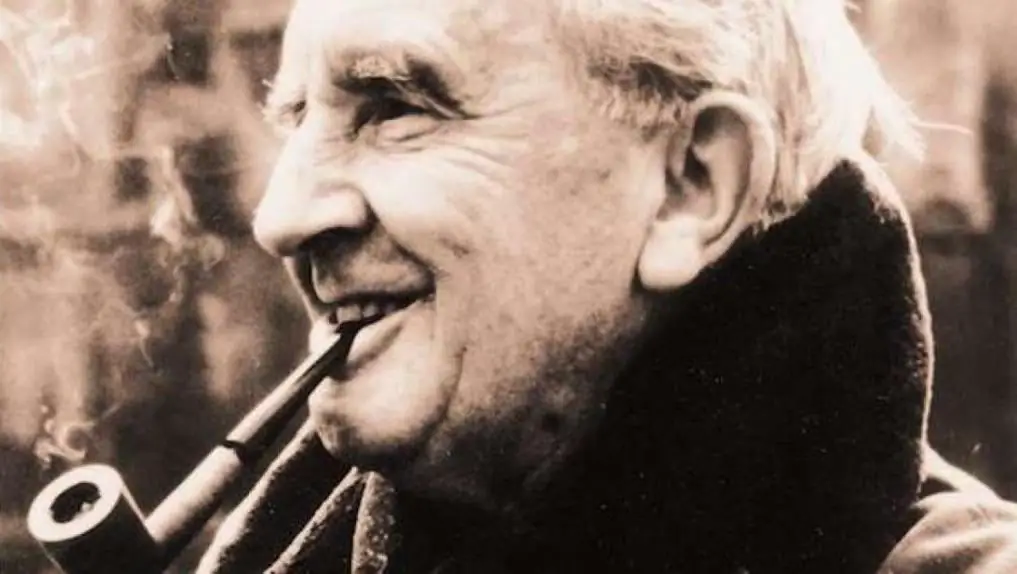2026 Author: Leah Sherlock | [email protected]. Last modified: 2025-01-24 17:46:29
The history of Russian translations of The Lord of the Rings has many pages. Each of them is very distinctive and has unique advantages and disadvantages that are not inherent in other translations. For example, despite the existing "Guide to the translation of proper names from The Lord of the Rings", written personally by Tolkien himself, almost each of the Russian-language versions has its own set of names, and they all differ markedly from each other. Each translation brought something new to the Russian-speaking community Tolkienists; therefore, it is pointless to argue which translation of The Lord of the Rings is the best. It is better to simply discuss each of the ones that came out.

Z. A. Bobyr
The first translation appeared in the mid-1960s. It wasn't even complete.translation, but more or less free arrangement. In total, the text was reduced three times, some of the events are given in retelling, many heroes and objects have changed their essence. So, for example, Sam Gamgee instead of Frodo's servant (as in the original) was his friend, Aragorn from a well-defined king turned into a "leader" or "ruler", the crown of Gondor became the Sizzling Crown, acquired its own storyline, and so on.
The fact is that the translation was conceived as a science fiction novel, in which five scientist friends try to explain the properties of the Ring from the point of view of science in interludes. The main storyline of The Lord of the Rings goes like their flashbacks.
In the mid-sixties, the translation was distributed in the form of a manuscript, then it was supplemented by Umansky with translated poems, appendices and "The Hobbit". There were two official editions - already in 1990 and 1991, but both of them were greatly reduced compared to the manuscript, and without interludes.

Proper names in this translation try to be as similar to the original as possible - this is either a tracing-paper from English spelling (Isildur, Gandalf), or a literal translation of etymologically obvious names (Loudwater - Noisy Stream).
A. A. Gruzberg

Appeared in 1976, also in the form of samizdat. In fact, this is the first complete translation of The Lord of the Rings. It was distributed first in typewritten form, and then (in the late eighties) appearedin the FidoNet computer network. Then the translation was posted online. Later (in the nineties) there were many offers from various publishing houses to release Gruzberg's translation, but only in 2000 a CD was released with the translation edited by Alexandrova, in 2002 a book edition appeared from the Yekaterinburg "U-Factoria" (the text for which was also subjected to corrections - in this time A. Zastyrtsa). The most recent release was a printed CD. Each of the five translations is significantly different from the others.
There are three electronic versions of the translation bearing the "Gruzberg" tag, although they all vary considerably in content and quality. The first to be publicly available was a more or less original translation, but with a large number of errors and inaccuracies, and further, unfortunately, it only got worse: the original text of the translation was constantly edited without the knowledge of Gruzberg. Even at the moment, the text is almost impossible to find in the original edition.
Ants and Kistyakovsky

The first official Russian-language edition of The Lord of the Rings (1982) was published in this translation. For many years it became the only one. The trilogy came out one book at a time with long breaks, a complete three-volume set was released only in 1992.
In the dispute over which translation of The Lord of the Rings is better, Kistyamur has an extremely weighty argument in its favor: literariness. In this regard, he leaves all other translations far behind, creating a lively and exciting story, creatively processingthose moments that might seem boring and incomprehensible to a Russian-speaking reader in English.
Because of the same literary character, the translation suffers: in an effort to adapt The Lord of the Rings as much as possible for the conditions of Russian culture, the translators, one might say, overdid it: hence the literal translation of almost all proper names. That is, those that Tolkien himself would like to change (see his "Guide …"), and those that should not be touched. The transformation of the elven "lords" into "princes", Ristania (Rohan), Razdol (Rivendell) and Vseslavur (Glorfindel), which became the subject of eternal jokes, later - Gorislav.
Perhaps these changes made The Lord of the Rings much more understandable for the Russian-speaking reader and brought him more popularity than one might expect, but the translation in its style and character has significantly moved away from the original. Many Tolkienists first got acquainted with the work of the professor from this version, therefore, when asked which translation of The Lord of the Rings is considered the best, they call this version.
Grigorieva and Grushetsky

First, the second and third parts of the trilogy appeared in this translation. This was in 1984, when "Kistyumur" published only the first official part, and the samizdat "G&G" was distributed as a continuation of the official translation. Only in 1989 appeared its own translation of the first part. Officially this version was published three times, each timesupplemented by changes and clarifications in the text, translated Annexes and other bonuses.
The Tolkien circle is still occupied with the question of the source for this translation. It is known that for the second and third parts it was made on the basis of some anonymous manuscript, and the first edition is its literary processing. There is enough information to believe that this anonymous manuscript was Bobyr's first translation. In two texts, a considerable number of fairly large identically translated pieces of text were noticed (and often with the same abbreviation techniques or fictional elements, which cannot be a coincidence). Most of the proper names were borrowed from the translation of Muravyov / Kistyakovsky.
G&G can compete with Kistyumur in terms of translation quality. Here, the authors were not so fond of adaptation, so the spirit of the English original was relatively preserved. However, the whole impression is spoiled by some very unfortunate decisions when translating proper names: the Old Loch (Old Willow), Kolobrod (instead of the usual Tramp) and Frodo Sumniks (replacing Baggins) still cause a stupid smile. However, the main advantage of this version, which brings it to one of the first places in the dispute about which translation of the book "The Lord of the Rings" is better, is the excellent translations of songs and poems made by Grishpun - one of the best among existing ones.
B. A. Matorina (V. A. M)

This is a fairly rare version of the translation. It was created by Matorina at first exclusively for a close circlerelatives and friends, but was not intended for publication. Still, it came out pretty soon - in 1991 (and it began to be created in the mid-eighties). True, it happened in Khabarovsk, in the Far East, and then the work was distributed among role players, so the translation has a rather specific history. However, it was Matorina who managed to contact many of Tolkien's foreign publishers and even received thanks from his son Christopher.
This version was also inspired by Muravyov and Kistyakovsky's edition, many names are also taken from there. However, in terms of the text itself, the translation is literal and not very well-developed literary: the fact that Matorina was still not a professional affects.
A. V. Nemirova
This translation (mid-eighties) also began from the second and third volumes as a continuation to "Kistyumur". That is why the names are almost all taken in their version. But apart from some new solutions, which, unfortunately, were not very successful (now the Tramp has become a Connecting Rod - he has no luck in any way). With the style, too, everything is not very ideal: Tolkien's was lost, and "Kistyumura" definitely does not reach the literary level. On the question of which translation of The Lord of the Rings is better, this option may be of interest only to collectors or avid Tolkienists. By the way, it is Nemirova who has a translation of "VK" into Ukrainian as well.
Kamenkovich and Carrick

This translation was made based on materials from V. A. M. Originally Kamenkovic and Matorinaagreed to work together, but due to a mismatch in styles, Matorina left the project. Kamenkovich and Carrick already participated in the final version.
This translation features an extensive and detailed system of comments and footnotes. With their help, the translators wanted to explain the origins of Tolkien's inspiration - some ideas of Catholic Christianity and especially ancient Germanic mythology (it is known that the professor worked on the study of Beowulf for a long time).
Multi-page stories about the connection between Tolkien's works and those layers of culture in which he was interested, the system of parallels built with great love by The Silmarillion, The Lord of the Rings, unpublished materials on Middle-earth and the professor's philological works gives the reader a unique scale, unity and related picture. The undoubted merit of this translation, which allows us to consider it one of the best, is that it was one of the first not to try to adapt to the reader, but to introduce him to the cultural environment in which The Lord of the Rings was created. It allows you to understand that the trilogy is not a fairy tale for children, but something much more complex and serious in design. Many "advanced" Tolkienists involved in culture and philology, in the question of which translation of "The Lord of the Rings" is better, will give their vote to the Kamenkovich / Carrick variant.
V. Volkovsky, D. Afinogenov and V. Vosedoy (V. G. Tikhomirov)
A fairly little-known translation. It was released in 2000, in style it strongly resembles the translation of Muravyov and Kistyakovsky. This "LordRings" (even without taking into account the creative costs of the translation process) objectively has a terrible quality. The process of adapting proper names leaves many questions (if Baggins is a completely obvious version of the English Baggins, then where did the notorious BeBBins come from?). Therefore, in a dispute about whose the translation of "The Lord of the Rings" is better, Volkovsky can be deleted immediately.
L. Yahnin
Released in 1999, this is a heavily abridged and simplified fairy tale style. It is a kind of children's version of The Lord of the Rings (moments like biting off Frodo's finger are omitted), but due to the extremely free treatment of the original (selective retelling of individual chapters), it can hardly be recommended as a translation of The Lord of the Rings, which is better for a child to offer for reading.
Film Dubbing
Do not ignore the voice acting of Peter Jackson's films, which were released at the turn of the 21st century. There is no need to talk about which voice acting for The Lord of the Rings is better: there is only one official dubbing version from the Mosfilm studio. The rest are amateur translations, polyphonic and monophonic, naturally, they are far from professional in quality. They can only help with the director's cut of the film, which did not go to the cinema and for which professional dubbing was not done, so we had to look for an alternative. There is also a funny voiceover of The Lord of the Rings by Goblin (Dmitry Puchkov). True, the quality and expediency of humor in it remains under greatquestion.
Recommended:
Which hand is better to stir tea and other tricky riddles

Now riddles for logic and attentiveness have become very popular. If earlier it was necessary to compare the facts indicated in the riddle and select appropriate answers for them that meet the criteria indicated in it, then in those that we are talking about now, the answer is hidden in the wording itself or somewhere on the surface and in another part of the logical reflections. Sometimes you have to look for meaning on the surface, and not at depth. Let's analyze such riddles using the following as an example: “Which hand is better to stir tea?”
How to win at the casino "Volcano"? Practical advice and recommendations

How to win at the casino "Volcano"? The answer to this question worries many gambling gamers. There is no 100% guaranteed method of enrichment. However, there are tips and tricks to increase your chances of winning
Better the bitter truth than the sweet lie: proverb. Which is better: the bitter truth or the sweet lie?

"Better the bitter truth than the sweet lie" - we hear this phrase from childhood from our parents. Our educators instill in us a love for the truth, although they themselves shamelessly lie to their children. Teachers lie, relatives lie, but, nevertheless, for some reason they do not want children to lie. Is there any truth to this? Let's talk about it in this article
Which bookmaker in Russia is better: player reviews, rating and reputation, special services

Today, sports betting is very popular. Therefore, a large number of offices accepting them appear in the country. Consider which bookmakers are ready to offer users the best conditions. It would also be useful to get feedback on them
The mysterious inscription on the Ring of Omnipotence from the epic "The Lord of the Rings": the history of appearance, translation and meaning

Although many years have passed since the release of the Lord of the Rings trilogy, the story of the Ring of Omnipotence still excites the minds of viewers. Among the attributes of this story, which are so often bought by fans, this particular ring with an engraved pattern of elven runes continues to be the most popular

